Information about the distribution of standing dead trees (SDT) is essential for forest biodiversity estimation, forest disturbances monitoring, and forest management strategy planning.
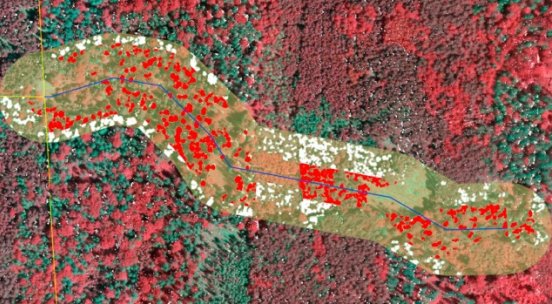
We present a comparison of three approaches to support risk assessment of dead standing trees near communication routes.
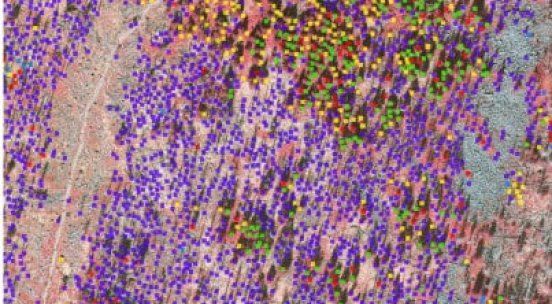
Knowledge of forest structures—and of dead wood in particular—is fundamental to understanding, managing, and preserving the biodiversity of our forests.
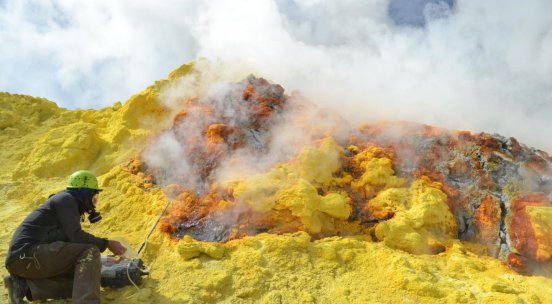
Scientists update estimates of Earth's immense interior carbon reservoirs, and how much carbon Deep Earth naturally swallows and exhales.
The amount of carbon stored in deadwood is equivalent to about 8 per cent of the global forest carbon stocks.
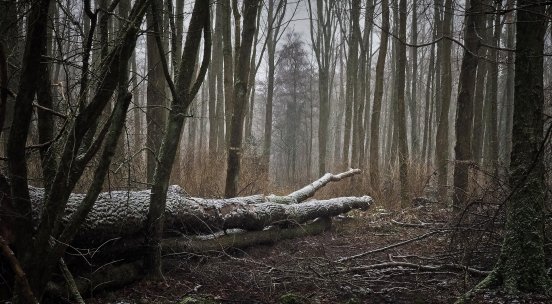
Trees killed by natural disturbances have been recognized by the International Panel on Climate Change (IPCC) as a promising resource for bioenergy at the global scale.
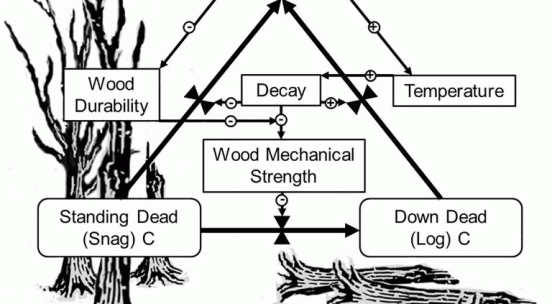
When standing dead trees (snags) fall, they have major impacts on forest ecosystems. Snag fall can redistribute wildlife habitat and impact public safety, while governing important carbon (C) cycle consequences of tree mortality because ground contact accelerates C emissions during deadwood decay.
Na webových prezentacích České zemědělské univerzity v Praze (pod doménou czu.cz) používáme soubory cookies. Tyto soubory nám poskytují možnosti, jak lépe poskytovat služby a dále nám pomáhají analyzovat výkon webu. Informace o tom, jak naše weby používáte, můžeme sdílet se svými partnery působícími v oblasti sociálních médií, inzerce a analýz. V nastavení si můžete následně vybrat, které cookies můžeme používat. Svůj udělený souhlas, můžete kdykoliv změnit či odvolat.